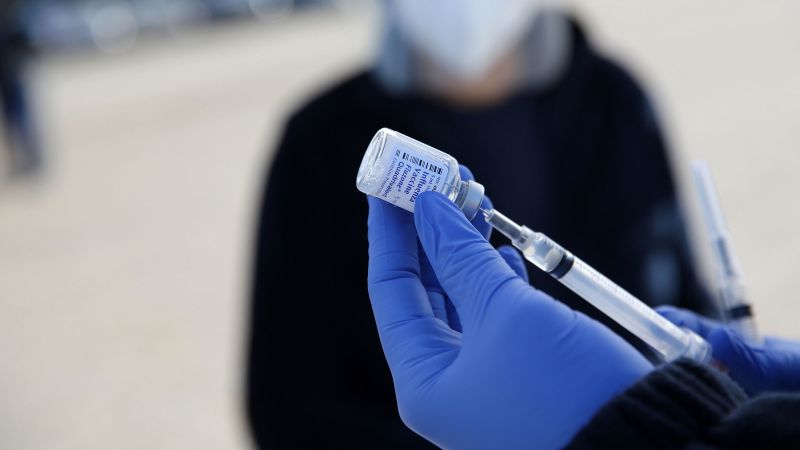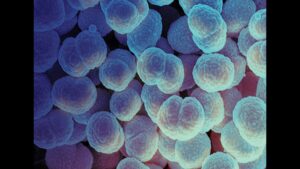
ATLANTA – A century-old vaccine preservative, thimerosal, is unexpectedly back in the spotlight as the CDC’s new advisory panel convenes.
In a surprising turn of events, thimerosal, a mercury-containing compound used as a preservative in some vaccines, has become a focal point of controversy in the latest meeting of the U.S. Centers for Disease Control and Prevention’s (CDC) vaccine advisory panel. This development comes amid a reshuffling of the committee by U.S. Health and Human Services Secretary Robert F. Kennedy Jr., raising questions about the agenda’s motivations.
Immediate Impact
The inclusion of thimerosal on the advisory panel’s agenda has puzzled many in the public health community, given the scientific consensus that it poses no harm in the quantities used in vaccines. The meeting, scheduled for this week, marks the first gathering of the newly appointed advisers following the dismissal of the previous committee members over alleged conflicts of interest.
“I actually don’t know any pediatric practices that even use that multidose influenza vaccine,” said Dr. Sean O’Leary, a pediatrician at Children’s Hospital Colorado.
Key Details Emerge
The advisory panel, reduced to seven members following a withdrawal, is set to discuss and vote on recommendations regarding thimerosal in flu vaccines. This move could potentially influence official CDC policy, especially in the absence of a confirmed director.
Thimerosal was introduced in the 1930s to prevent bacterial contamination in vaccines. Despite its long-standing use, it was largely removed from childhood vaccines in the U.S. by 2001 due to precautionary measures, not evidence of harm.
Industry Response
Public health experts have expressed concern that the renewed focus on thimerosal may be an attempt to undermine vaccine safety. Kennedy, who has previously led an anti-vaccine group, is suspected of using his influence to reignite doubts about vaccines.
“The science is settled, and the addition of thimerosal to the agenda is a red flag for experts,” noted Dr. Walter Orenstein, former director of the National Immunization Program at the CDC.
By the Numbers
- 1999: U.S. health officials request removal of thimerosal from vaccines.
- 2001: Thimerosal is removed from or reduced in all vaccines for children under six.
- 2010: CDC study finds no link between thimerosal and autism.
Background Context
The controversy surrounding thimerosal traces back to a 1997 amendment requiring the FDA to catalog mercury compounds in drugs and food. This led to concerns about potential mercury exposure from vaccines, despite the differences between ethylmercury in thimerosal and the more toxic methylmercury found in fish.
The autism-vaccine link was popularized by a now-debunked study by Andrew Wakefield in 1998, though it did not involve thimerosal. The preservative’s association with autism has been thoroughly investigated and refuted by numerous studies.
Expert Analysis
Experts like Dr. Matthew Rand emphasize that ethylmercury is metabolized more quickly than methylmercury, reducing the likelihood of harm. The FDA and CDC have consistently found no evidence linking thimerosal to autism or other neurodevelopmental disorders.
“The message from public health agencies was to make safe vaccines even safer,” Dr. Orenstein explained, reflecting on the decision to remove thimerosal.
What Comes Next
The CDC’s upcoming vote on thimerosal recommendations will be closely watched, with potential implications for vaccine policy and public trust. Meanwhile, the debate highlights ongoing challenges in balancing precaution with scientific evidence in public health decision-making.
As the advisory panel deliberates, the broader implications of Kennedy’s influence and the potential for increased public skepticism about vaccines remain significant concerns for health officials.
The outcome of this week’s meeting could shape future discussions on vaccine safety and the role of preservatives like thimerosal in public health.






